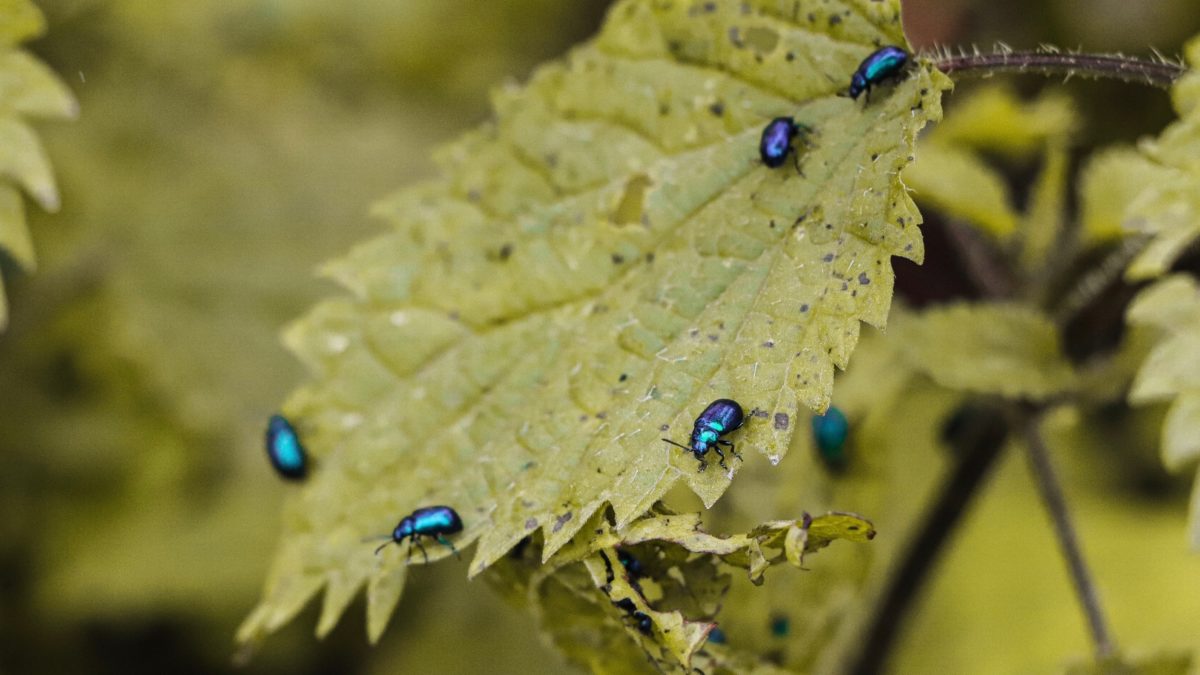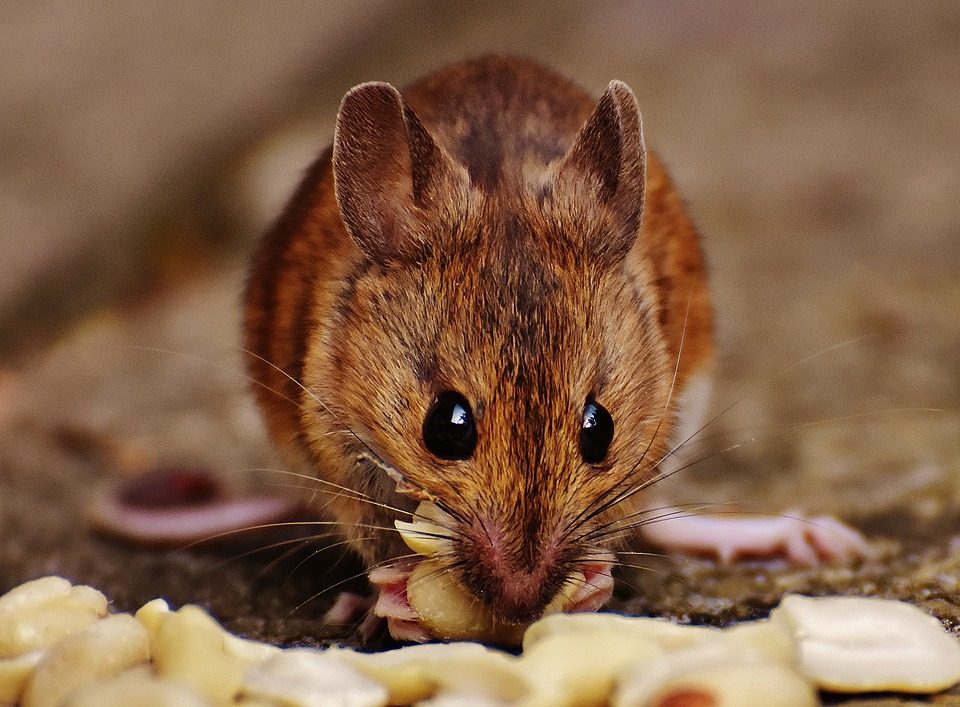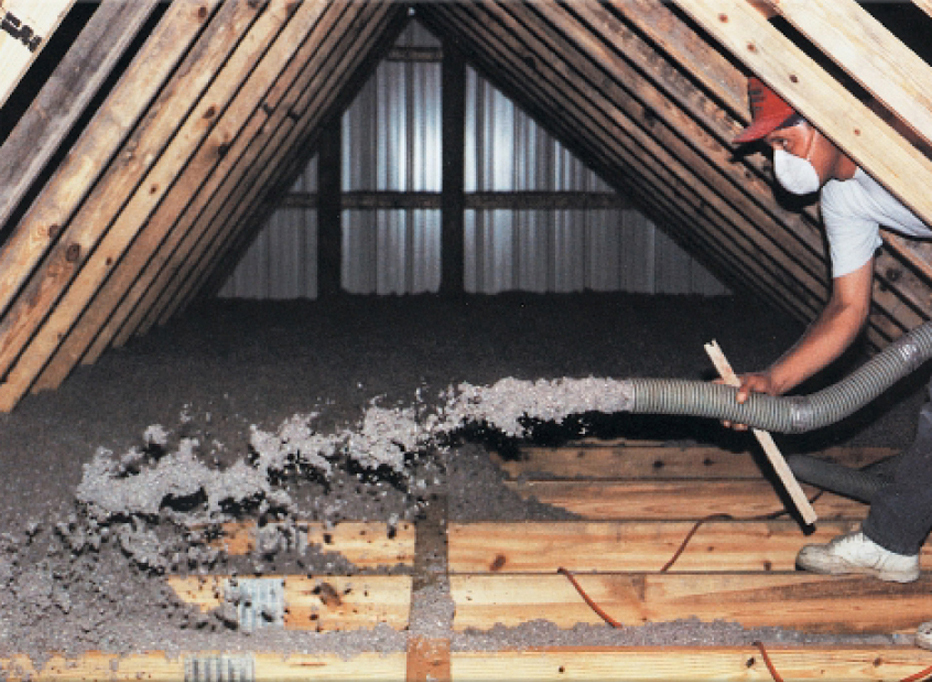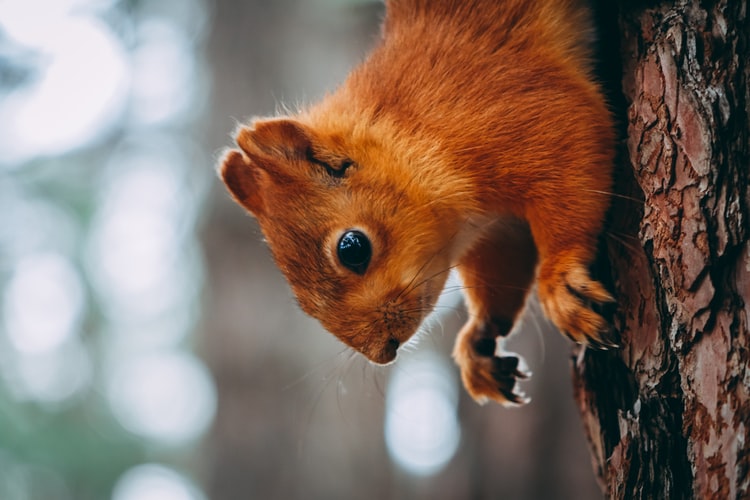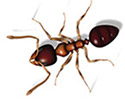

Best Tips on How Green Environmentally Safe Pest Control Can Help You
March 10, 2020
Spring Pests and How to Treat Them
April 1, 2020The great news is one pest control mistake you’re not making now is not doing your research! Congratulations on taking the first step in learning what is pest control? Perhaps you were wondering how much does pest control cost, because you need an exterminator in your home, and now it’s led you down a rabbit hole of pest control Do’s and Don’ts, DIY’s, and disasters. All you want to know is, “Where can I find an exterminator near me who can do the job for a fair price?” That’s where Advanced Services can save your day.
There’s more to consider than price. While it matters for everyone how much pest control is and its value worth in terms of prevention or cure, what matters most is that your pest control problem is being solved with no unwanted side effects to your family or home. You’ll find that a lot of pest control near you will offer great deals on bundles of service only to discover in the details that you’re missing important services that cost extra. Sometimes, a low price can indicate equivalent quality.
Avoid some common mistakes with your pest control and get ahead of the curve. Don’t hire uncertified technicians who don’t have the knowledge and skills necessary to fight pests, like termites. Living colonies of creatures, from rats to ants, behave uniquely, and it takes skill and training to determine how to best remove the problem.
You lack that skill and training, too. It’s tempting to do some web research and come back with a few do-it-yourself solutions you’re willing to try before paying the professionals. We get it. We’re homeowners, too, and we work for a living, too, and we understand you’re independent and self-sufficient and budget-conscious. Let us save you some time and trouble—don’t go strictly DIY. Enlist Advanced Services as your ally in pest control. DIY is everyone’s first idea, and it’s usually a chemical or a cocktail of them, and chemicals alone are often not enough to fully fix your pest control problem.
Don’t ignore the obvious signs you have pest control issues and wait too long to address them. By the time you notice you have an ant or cockroach infestation, they’ll have been a hidden one for weeks. Seeing one bug and thinking it’s nothing is a common mistake people make with their pest control. Call Advanced Services at the very first hint of trouble and stop the invasion.



